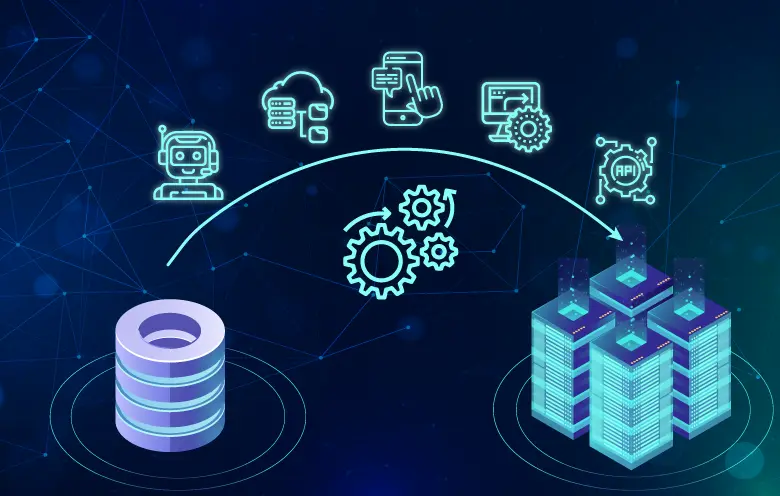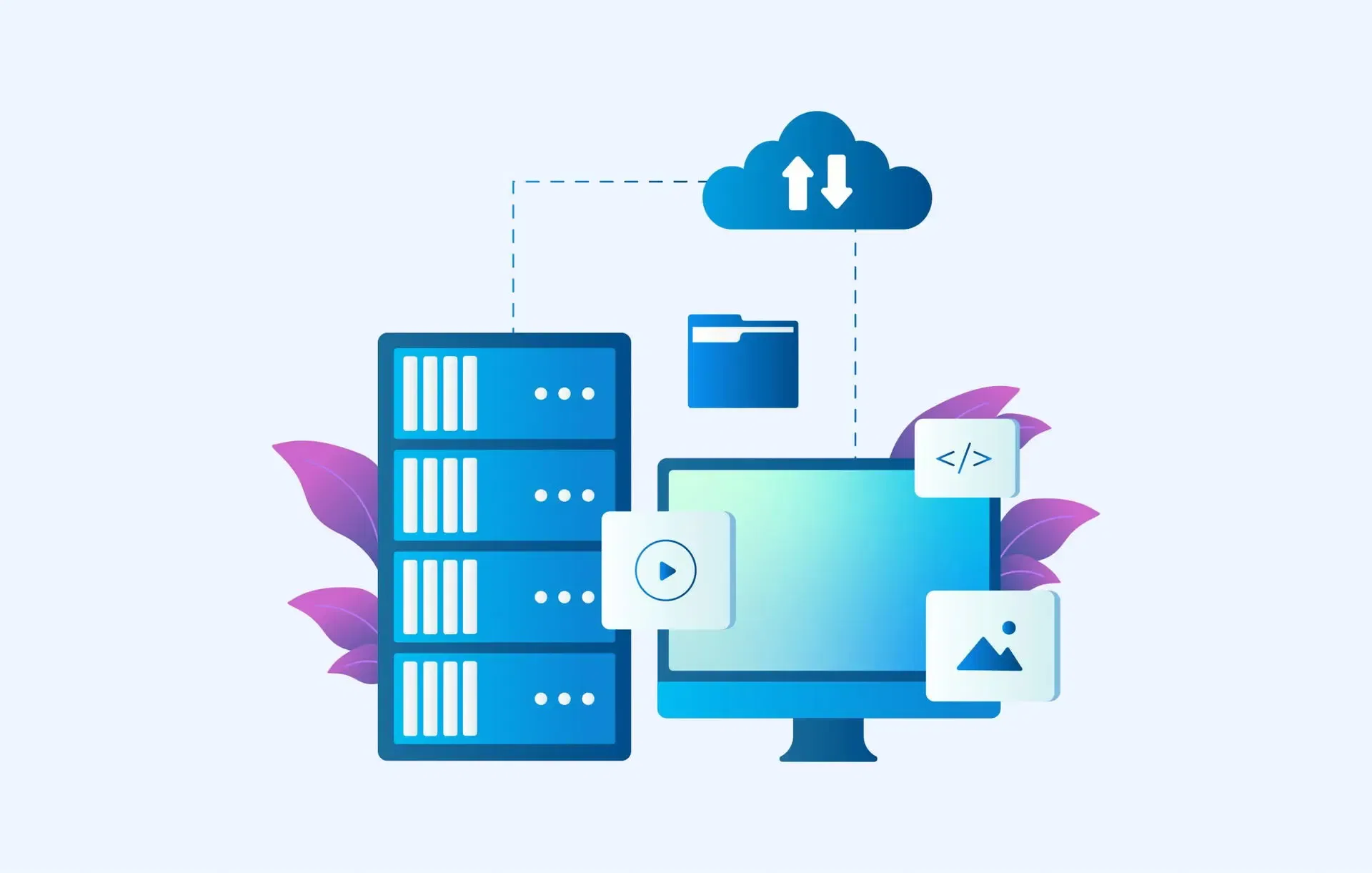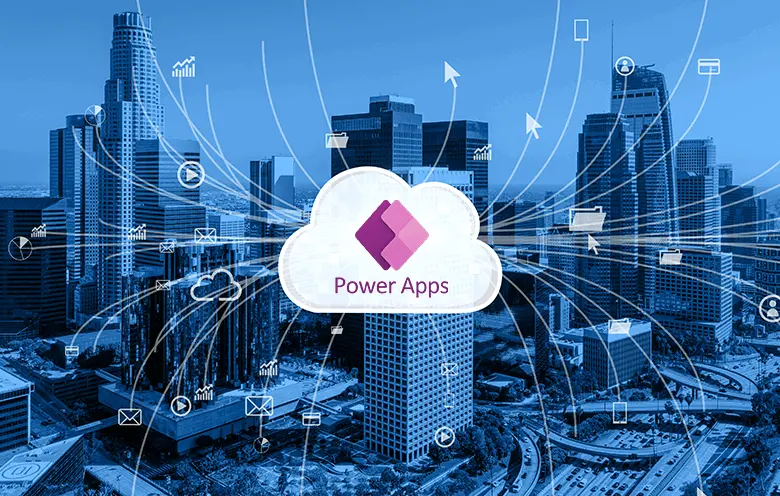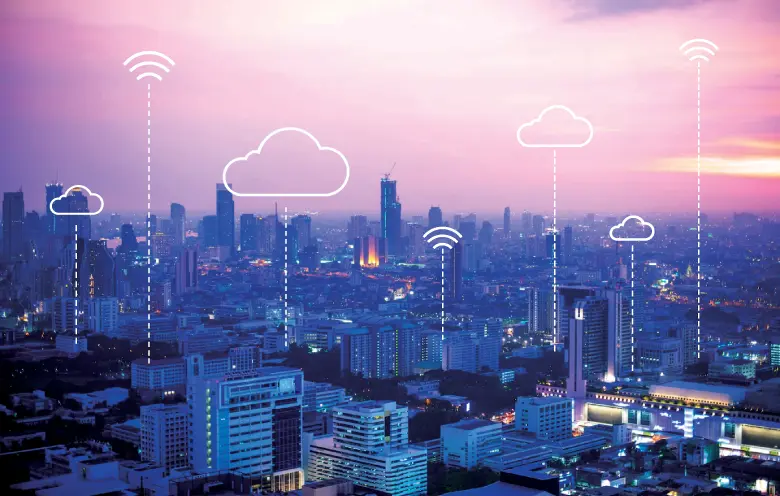Technology is changing rapidly and legacy applications cannot compete with today’s digital world. Therefore, organizations are choosing legacy application modernization. It is not necessary that modernizing legacy applications is limited to migrating legacy systems to the new IT ecosystem. Instead, it is the adoption of a mix of digital technologies for the changing business landscape to stay competitive.
Many companies still use old IT systems. The result is:
- Decreased efficiency
- Poor data management
- Increased security threats
- Compliance and compatibility issues
- Customer loss and limit the business growth
Undoubtedly, companies need to modernize legacy applications using advanced technologies like the cloud, data science, cybersecurity advancements and application program interfaces (API) for efficient performance. But how to modernize legacy applications is a big question. Before discussing legacy modernization approaches, let’s go through legacy modernization challenges.
The global application modernization tools market size is expected to reach the size of 36.86 billion US dollars by 2027.
– Statista
The challenges of legacy app modernization
Companies avoid modernizing their legacy apps due to various challenges such as flexibility, cost, availability, accessibility, security, etc. Other daunting challenges of legacy app modernization are –
- Lack of built-in security features to protect business and user data from potential security threats
- Incompatibility of apps with web and mobile protocols and APIs due to monolithic architecture
- Need for an experienced legacy app modernization partner with good resources and knowledge
- Data breaches and cyberattacks while migrating the legacy application to new infrastructure
Organizations require a fail-proof legacy modernization strategy along with a risk alleviation roadmap to deal with legacy modernization bottlenecks.
Now that you are aware of legacy modernization challenges, let’s discuss legacy application modernization strategies or different legacy modernization approaches.
Legacy modernization approaches
Rewrite – Rewrite or rebuild code or components from scratch without changing their scope
Rehost – Host applications to more advanced infrastructure for greater scalability and performance
Replace – Build a new system by removing parts of the existing system and consider replacing them with new features and requirements
Rearchitect – Build a new environment with new features and capabilities by modifying core technologies and architecture
How new-age technologies can help in legacy application modernization or why modernize legacy applications
Create a personalized portal and mobile experience
An enterprise must enhance its legacy applications to deliver a mobile-first digital presence. To achieve the same, organizations create a customized web portal and mobile experience for their clients, vendors as well as employees. This will help to maximize their accessibility and the power of technological investment. With enterprise mobility solutions, businesses can provide streamlined access, enable field service with real-time data and enhance user experience.
Integrate strategic AI chatbots for customer service
The traditional way of customer service is ineffective when it comes to meeting the continually evolving expectations of new-age customers. Artificial intelligence can help to create an outstanding customer experience (CX) with legacy modernization.
By integrating an AI-based chatbot into a legacy application, the way of handling customer conversations can be modernized efficiently. With advanced AI capabilities, chatbots can understand the context of customer queries and respond to them in the same language.
Adopt cloud infrastructure
Many businesses use legacy applications that are difficult to upgrade. Updating such old apps to meet the evolving business demands, organizations need huge investments. For updating their legacy applications to support modern architectures, they must rewrite code and make the most of the cloud capabilities. The role of legacy app migration to the cloud is significant as it delivers simplified operations, reduced in-house management costs and increased productivity.
Shift from monolithic architecture
As legacy applications face obsolescence both from a software and hardware point of view, enterprises must consider updating by modernizing. One important characteristic of modernization is migrating the monolith applications to microservices architecture.
Using microservices and containers simplifies the development process and eliminates interdependencies in the monolithic development approach. Also, deploying microservices and containers makes applications elastic. This makes apps ready for future developments and environment modifications ahead of the standard application lifespan.
Integrate robust APIs
In this digital era, agility has become an essential element of business success. Legacy systems are not capable enough to manage a huge amount of data and real-time transactions. An API-led integration standardizes protocols to expose applications or service endpoints seamlessly, enabling faster data flow between applications.
APIs help companies to modernize legacy systems and upgrade IT ecosystems without additional expenses. Besides, API gateways connect multiple legacy applications to the cloud by offering an integrated interface to manage client and backend services.
Simplify operations with RPA (Robotic Process Automation)
Traditional businesses with custom-built processes to run operations slow up process efficiency and increase maintenance as well as support expenses. Firms can automate labor-intensive, repetitive, rule-based tasks by implementing RPA-based automation to modernize legacy systems. Moreover, automated manual systems can reduce operational costs, increase process efficiency and save human hours.
Legacy modernization: A strategic priority
The path to migrating a legacy application into a modern application is quite challenging. The legacy app modernization strategy must include all the features such as quick integrations, easy deployment and greater flexibility.
Whether you have applications on Oracle Forms or MS Access or Lotus Notes or any other, you can successfully migrate to ground-breaking modern applications with minimal coding efforts and expenses. If you want to know more about how to modernize your legacy applications seamlessly, get in touch with our experts.



